What you need to know about the latest construction trends
The building and construction industry is Australia’s third largest employer and plays a vital role in economic growth and technological advancement....

With a solution-focused approach, we collaborate closely with clients and consultant teams to align on scope, time frames, design objectives, and cost. We’re committed to delivering a strong return on your investment. Are you interested in our work in the commercial and industrial sectors?

Our client, a vet and sheep farmer, needed a shearing shed and yard cover designed for efficiency and innovation. Partnering with our team, he collaborated with fit-out providers to create two custom steel structures tailored to his farm’s needs. His farm is now equipped for better working conditions and long-term success.

Providing Industry-Leading Steel Building Solutions
Central Steel Build, committed to innovation, quality, and customer satisfaction, has solidified its reputation as an industry leader. We're revolutionising agricultural structures, and transforming how farmers and producers approach building solutions. If you’re interested in our work in the agricultural sector, read the article to discover how we’re transforming building solutions.

Oritech combined office and warehouse
Oritech Pty Ltd partnered with us to build a modern office and warehouse facility in Mitchell Park, Victoria. The design featured innovative L-shaped tilt panels for both function and style. Using our Pro. building approach, we delivered a durable, cost-effective, high-quality solution. Seamless collaboration ensured the project was completed on time and within budget.
2 min read
![]() Central author
Aug 22, 2023 12:27:38 PM
Central author
Aug 22, 2023 12:27:38 PM
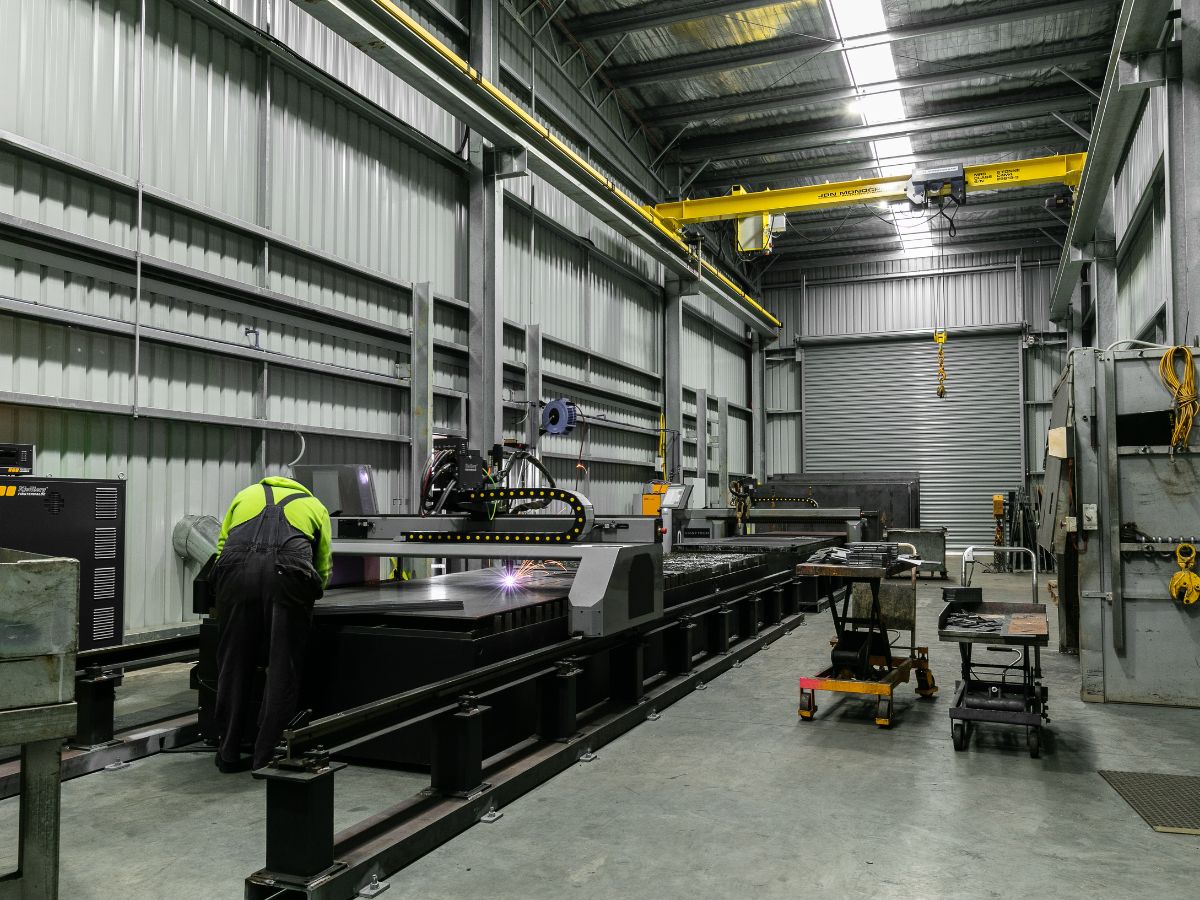
The Australian manufacturing industry is an essential pillar of the economy, playing a vital role in job creation, economic growth, and technological advancement. However, like any industry, the sector is not immune to economic and social pressures. Now more than ever, it’s important to stay informed of emerging trends and adopt new strategies to navigate the shifting landscape. To that end, let’s explore these in more detail.
The Australian manufacturing industry continues to struggle with rising costs. According to the 2022 Westpac Survey of Industrial Trends, material costs continue to constrain output at historic levels. In addition, surging energy prices have instigated a ‘cost crisis’, eroding profitability, reducing sector competitiveness, and threatening business viability. To address surging costs, firms will need increased visibility of their spending and supply chains to find new ways to optimize and reduce costs.
Like most industries, the manufacturing sector is battling ongoing labour shortages. According to a report from the Australian Chamber of Commerce and Industry (ACCI), employers are facing increased difficulty in finding experienced workers, largely due to domestic and international border closures during the pandemic. Data from the National Skills Commission also reports that 40% of technical and trade occupations are in shortage. This has led to increased competition for skilled labour, which requires employers to find new ways to attract and retain their workforce.
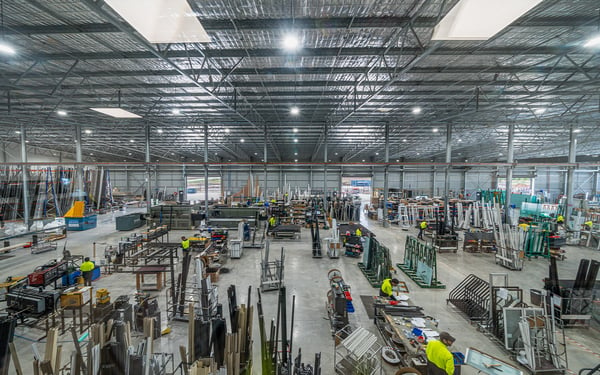
The manufacturing industry has also felt the impact of larger political, economic, and social issues. In addition to ongoing staff shortages from the pandemic, current geopolitical issues overseas have affected supply and energy prices. Record-high inflation has also resulted in a severe cutback on spending, driving costs higher for consumers and manufacturers.
As important as access to materials is access to new technology. Now more than ever, manufacturing firms can see the value of technology and its potential to increase productivity, competitiveness, and profitability. As technology continues to evolve, we expect the adoption of new technology will become more of a focus for manufacturing firms. With energy costs an increasing concern, we expect firms to adopt technologies that will allow them to optimize energy use in real time. To increase profitability, we expect more firms to adopt the digital twin approach to reduce production time and costs.
With the sector shifting to advanced, technology-driven activity, preparing the current workforce is essential to future-proofing the industry. By implementing automated data-driven technologies, businesses will require workers that are specialists in these technologies. With the industry currently experiencing significant labour shortages, we expect that firms will focus on upskilling their existing workforce or finding new ways to attract the talent they need.
Effective supply chain management begins with an in-depth risk assessment which we expect will become more automated as new technologies continue to emerge. In the digital age, managing supply chain risk will be completed with a combination of powerful technology that can generate advanced data and analytics, and human ingenuity. By leveraging said technology, we expect more firms to become more agile and reduce their supply chain risk as a whole.
With manufacturing firms adopting new technology, we expect smart factories will continue to rise. Characterized by digital technology, automation, and artificial intelligence (AI), these factories integrate technology and people into a single ecosystem. Using data and insights, smart factories self-correct and optimize to enhance productivity, safety, and product quality.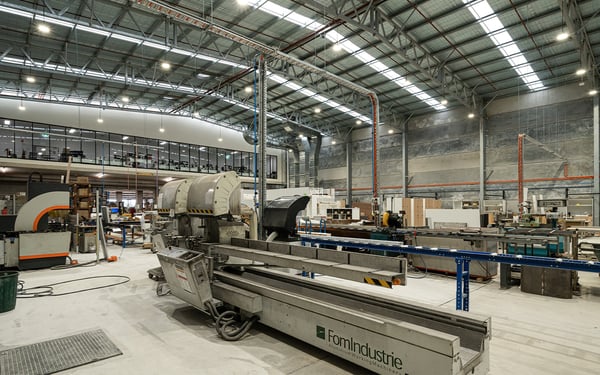
The Australian manufacturing industry is essential to the economy but has not been immune to recent economic and social pressures. To navigate the shifting landscape, it’s important to stay ahead of emerging trends and adopt new strategies. In doing so, businesses can set themselves up for success in the years to come.
Want to know more about building sheds? With over 40 years in the industry, we have built a reputation for designing and building long-lasting sheds. Contact our shed specialists today and get an obligation-free quote here.
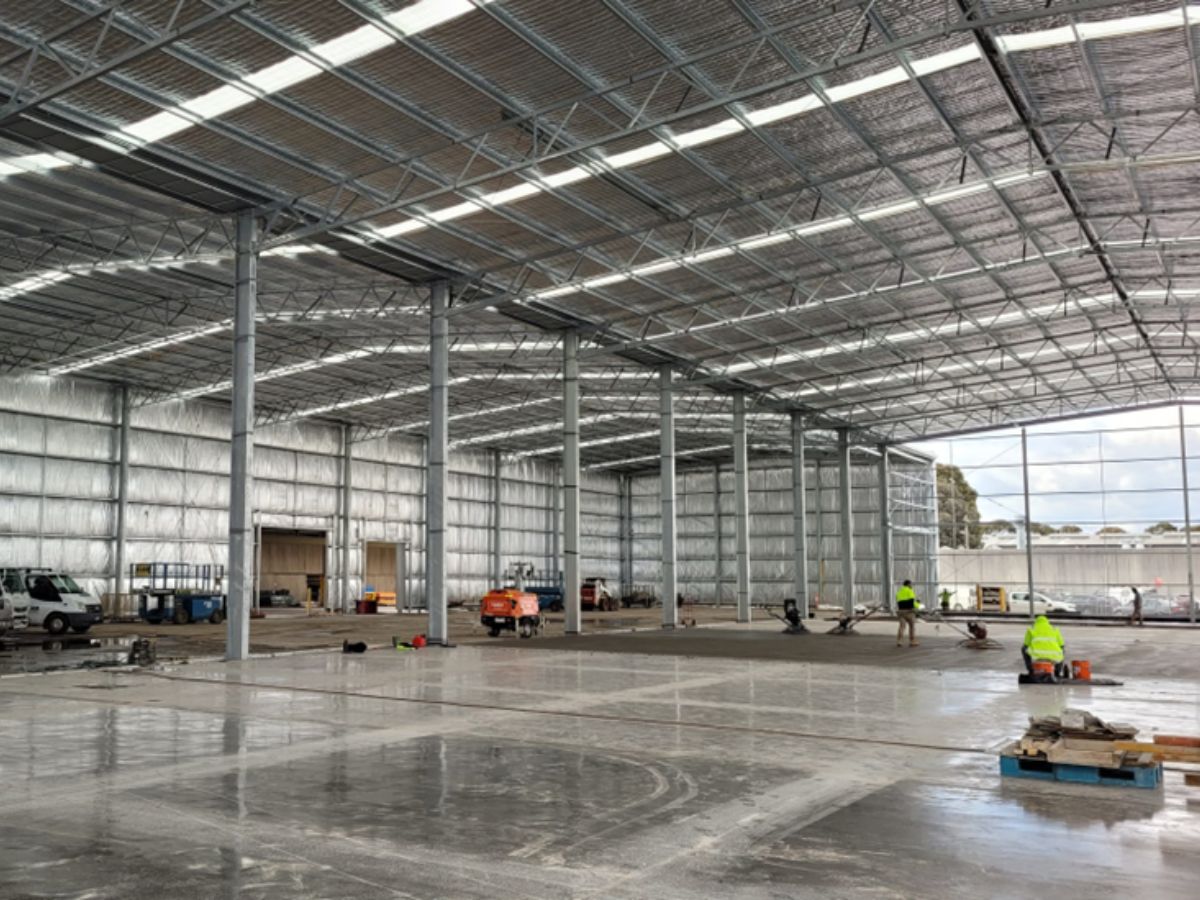
The building and construction industry is Australia’s third largest employer and plays a vital role in economic growth and technological advancement....
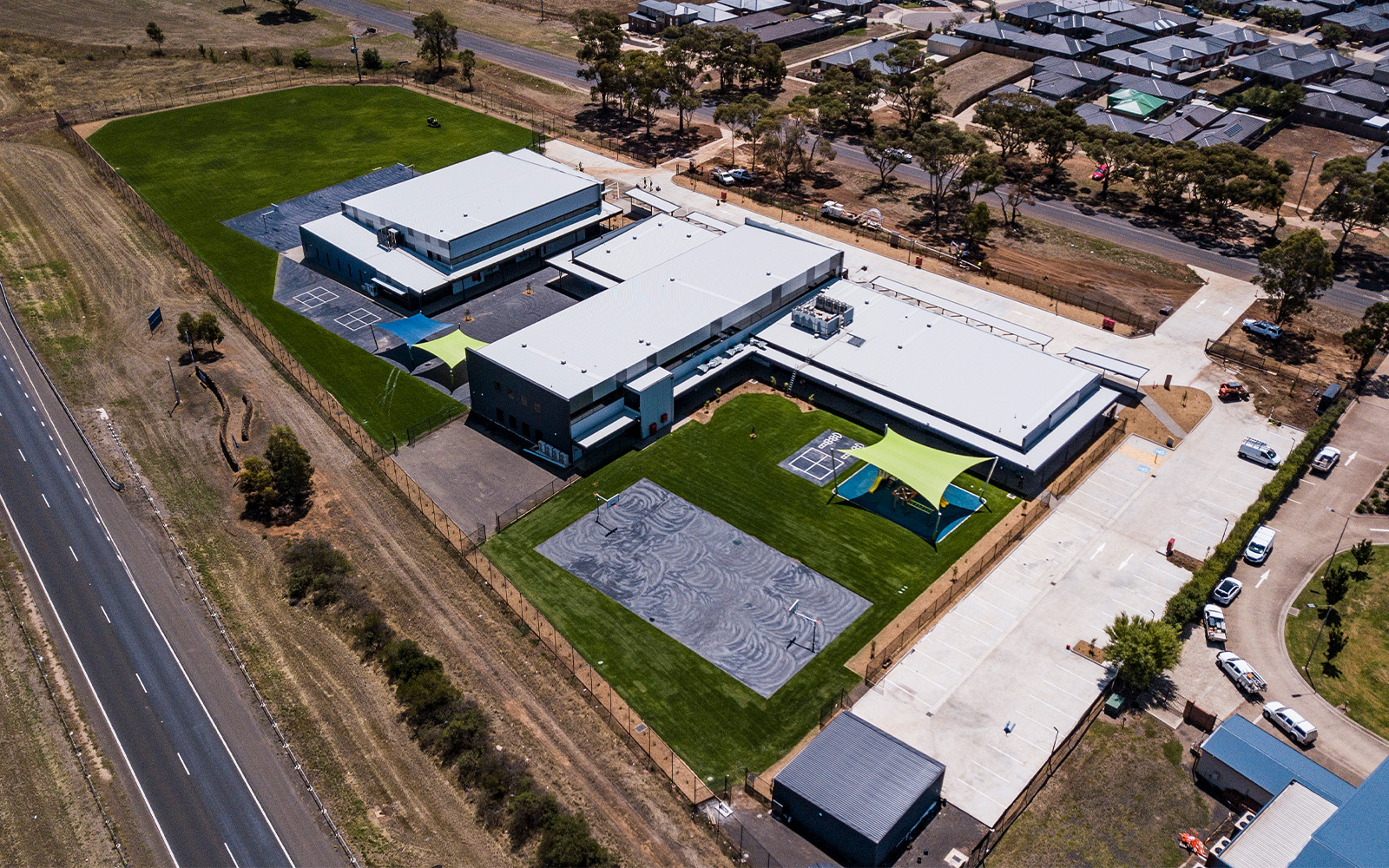 Read More
Read More
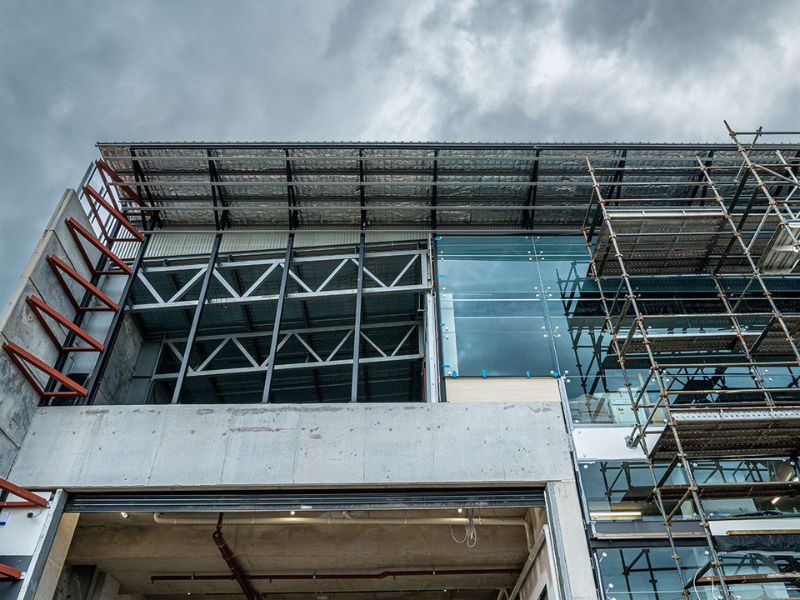
Building a new shed is an exciting project, but it’s important to protect your investment from the outset. However, choosing the right building...